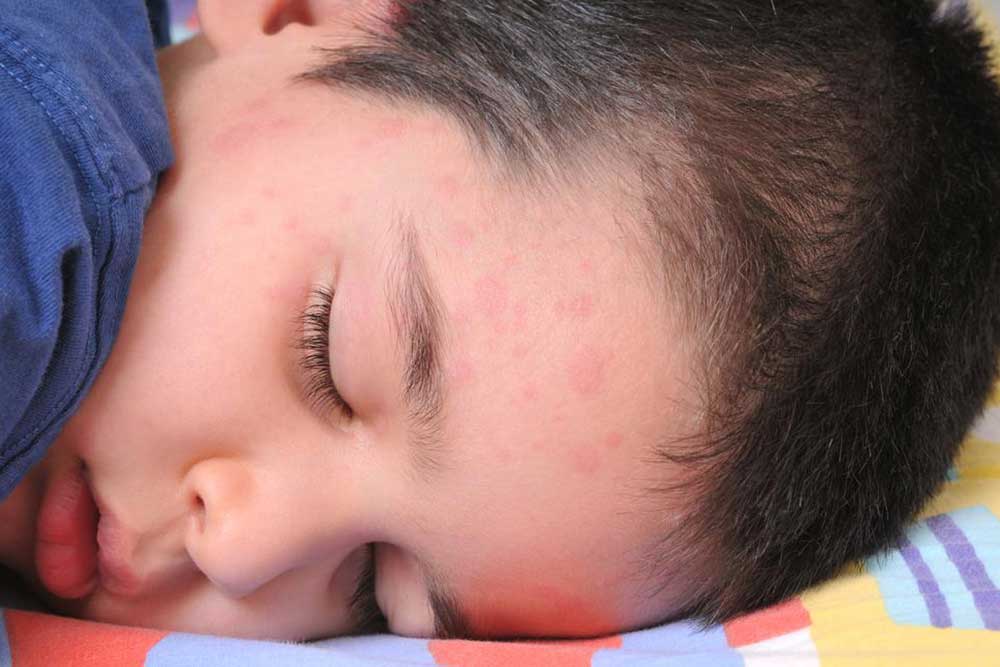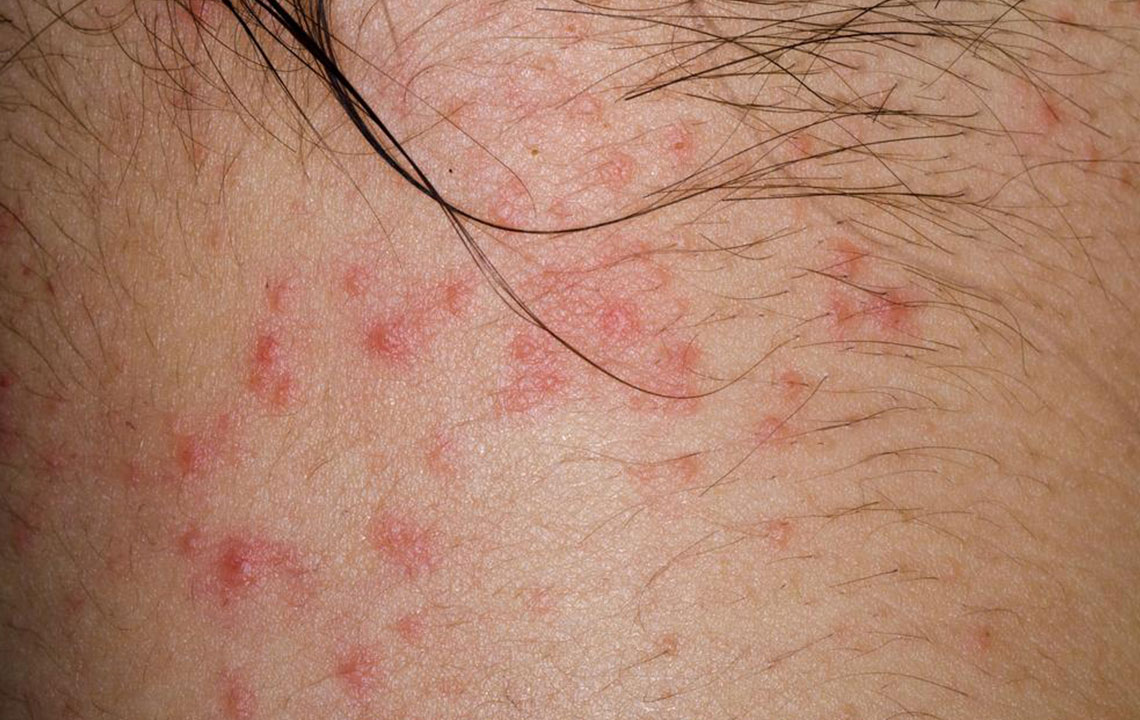Understanding the 5 Common Types of Skin Rashes
This comprehensive guide explores five common skin rashes—contact dermatitis, psoriasis, ringworm, Lyme disease, and toxic shock syndrome. It highlights their causes, symptoms, and prevention tips, emphasizing early diagnosis and professional consultation. Understanding these skin conditions can help in timely intervention and maintaining healthy skin. The article is a valuable resource for those seeking to identify or prevent skin rashes caused by various infections, allergies, or autoimmune issues, ensuring informed health decisions.

Understanding the 5 Common Types of Skin Rashes
Skin rashes can be bothersome, difficult to eliminate, and sometimes embarrassing. They appear in various forms across different body regions, caused by bacteria, viruses, or fungi. Learning about the different skin rashes and their origins can help you prevent many of them. Here are five essential types you should know about.
Contact Dermatitis
Contact dermatitis occurs when skin comes into direct contact with an allergen or irritant. This immune response leads to redness, swelling, and discomfort. Common triggers include poison ivy, harsh soaps, latex, and nickel, often found in jewelry. Identifying and avoiding these substances can prevent flare-ups.
Psoriasis
Psoriasis is a chronic autoimmune condition causing skin cells to multiply rapidly. This results in red, patchy areas with thick scaling, often occurring on elbows, knees, and scalp. Types include pustular, guttate, inverse, and erythrodermic psoriasis. Guttate appears as small drops, while inverse affects skin folds like armpits and groin. Erythrodermic psoriasis can cause severe health issues if untreated. Recognizing symptoms early and consulting a healthcare professional is crucial.
Ringworm
Ringworm is a contagious fungal infection characterized by circular, raised-edged rashes that may be itchy. The center often appears clear, resembling a ring. It can spread via direct contact with infected persons, animals, or contaminated objects like clothing and bedding. Factors like damp environments, tight clothing, and excessive sweating increase risk. Proper hygiene and prompt treatment can prevent the spread.
Lyme Disease Rash
Lyme disease is transmitted through tick bites, especially in wooded areas. An early symptom is a distinctive skin rash—red, swollen, with a central clearing—appearing at the bite site. The rash develops within days and can last weeks. Early detection and treatment are essential to prevent serious complications and further infection.
Toxic Shock Syndrome
Toxic shock syndrome is a rare, life-threatening condition caused by bacterial toxins entering the bloodstream, often linked to open wounds or tampon use. Symptoms include high fever, rash, nausea, and headache. Immediate medical attention is critical. Hospital treatment is necessary to manage this emergency effectively.










